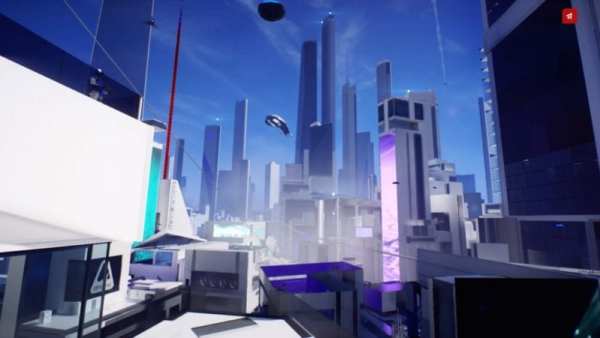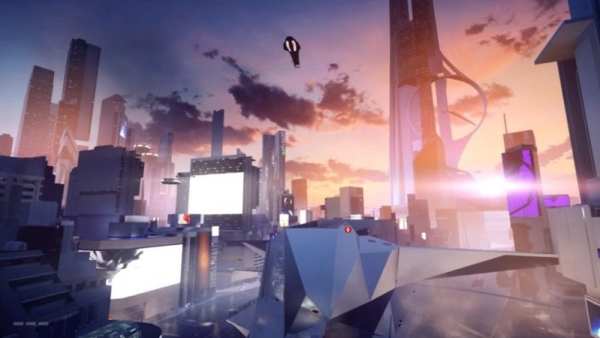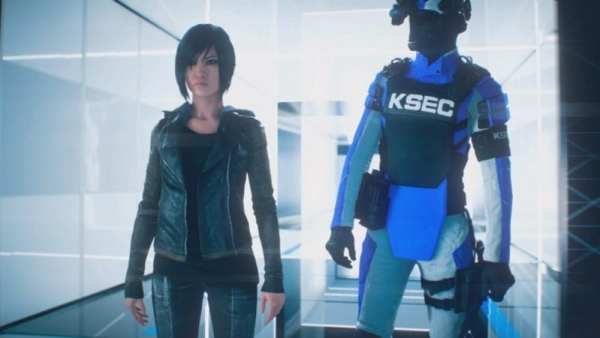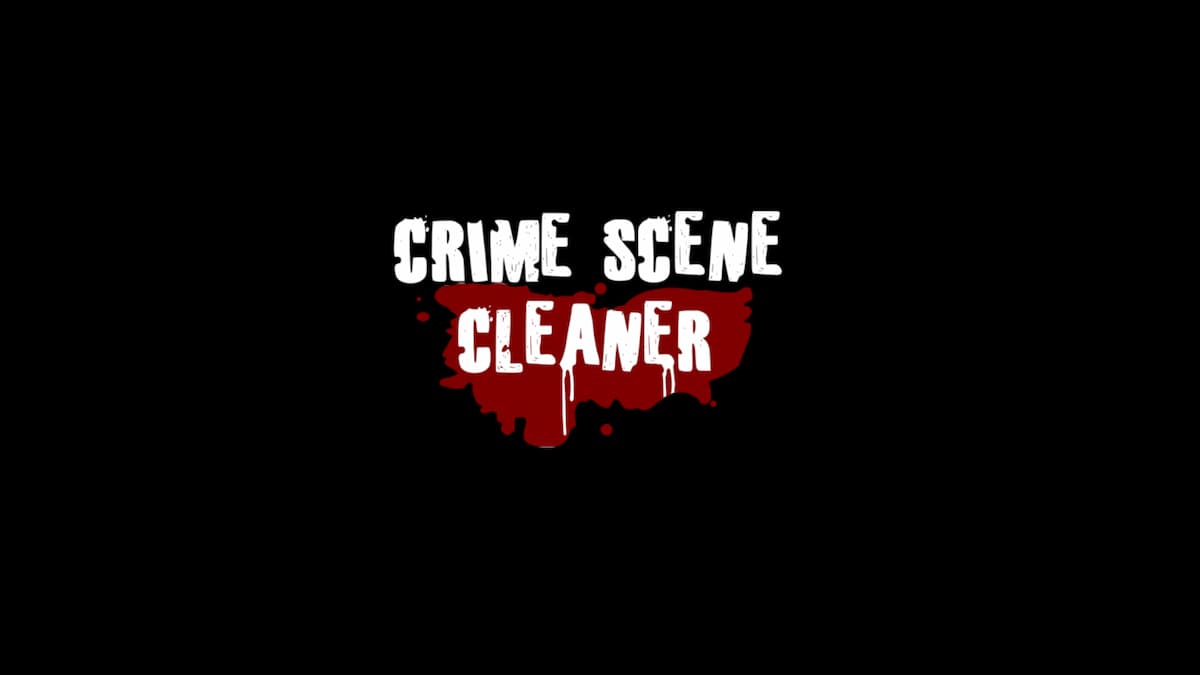Mirror’s Edge Catalyst on PS4
This is a game that likes to overwhelm your senses. Whether you’re running, climbing, fighting, or just watching a cutscene, there’s always something in Mirror’s Edge Catalyst that manages to catch your eye. Sometimes, that’s a good thing – the world design and aesthetic are so uniquely bright – and sometimes, you just have to avert your eyes. Because it literally hurts to look.
Mirror’s Edge Catalyst is the successor to the original Mirror’s Edge that released about eight years ago on the last generation of consoles. However, this isn’t a follow-up to the cliff-hanging story, nor is it really a prequel or an origin for Faith. Think of it as a soft reboot of the franchise as DICE attempts to wipe the slate clean – a perfect description for the City of Glass – and rebuild its foundation to get this series off the ground.
Similar to the 2008 release, Catalyst excels at designing a world that looks unlike any other. For the most part, Glass is filled with stark, white buildings and your eyes are caught by the splashes of bright colors adding gorgeous life to the Conglomerates’ territory. Catalyst also provides a reason for Faith being able to see friendly red ghosts highlighting her traversal path this time around. The Runners are equipped with BeatLinks – think of them as special contact lenses – and once they’re calibrated, they highlight a red parkour path for you. It’s a very neat feature, being able to see climbable objects highlighted in red, and then watch the red disappear as you approach and start scaling.
Glass is also split into a few districts that separate the rich, the middle-class, and the poorer citizens; each district is instantly recognizable just from its hues and tones. Anchor is your starting point, and it’s mostly white (probably symbolic of a fresh beginning) with bright color splashes everywhere. And then there’s Shimmering Heights, a district that literally shines as light reflects off of its darker, glossy buildings. There’s also a development area in Glass, which is probably the dullest looking one in Mirror’s Edge Catalyst, but somehow still manages to stand out with a masterful use of yellows and oranges.
In short, the world of Mirror’s Edge Catalyst is absolutely gorgeous. I mean, just look at this ridiculousness.

The graphics and character models aren’t quite enough to give Uncharted 4 a run for its money, but it’s pretty close.

Mirror’s Edge Catalyst uses Glass as the backdrop for Faith’s masterful parkour skills. You’ll be climbing obstacles, performing wallrunning jumps, swinging from bars, and sliding underneath objects. The parkour is smoother than ever, the first-person camera is great at following Faith’s view, and every action has a punch to it. You can literally feel Faith building up momentum as you perform action after action, and nothing’s better in this game than freerunning for five minutes before finally reaching the top of a really high tower. It certainly helps that Glass is so beautiful, and something is grabbing your attention every second.
Of course, I wouldn’t recommend playing for more than a few hours. The bright colors, coupled with the intense camera movement that comes with leaping from rooftop to rooftop, can give you some serious motion sickness and migraines. It doesn’t help that Catalyst loves to trigger and end its cutscenes with sickeningly bright, white screens either. Sometimes I wish this game had a night mode, though I guess that’d go against the game’s core aesthetic.
On a visual level, just glancing at Glass is enough to make your jaw drop. Catalyst doesn’t just overwhelm the player’s senses by giving them bright, pretty things to look at either. A nod must also be given to the stellar sound design of the game. You can hear Faith’s trendy red sneakers scrape on the ground as she skids and slides around the smooth surfaces of the city’s rooftops, as well as her heaves that sound off after a minute or so of running, giving you a sense of just how long you’ve been running for. Even when Faith falls to her death, you can hear the air rush past her head, and her frantic gasps serve as an indication of the incoming loading screen of death. Even the soundtrack matches the minimalistic dystopian setting of the game. This game simply looks and sounds wonderful.
However, Catalyst also suffers from its fair share of graphical issues. The frame rate dips noticeably when there’s too much action on the screen, and objects are constantly popping into existence, probably due to the fact that there are no loading screens in Glass. These are minor issues that can be overlooked, and it doesn’t stop the city from looking pretty, in a sinister sort of way.

The combat has also received a few adjustments, though it’s kind of laughably bad in Catalyst. While the original Mirror’s Edge did give you limited use of firearms, Catalyst removes them completely. Faith can only use her limbs and melee prowess to take down foes, which is fine, really, and it adds to her cool and chic Runner image. The problem is, it’s often difficult to aim your punches accurately, especially if you’re moving fast. Enemies also seem to have a bit of phantom range as they would look like they’re simply punching the air right in front of you, but Faith would get knocked back and end up taking damage. Oh, and there’s an enemy class that has the potential to punch and stun lock you to death if you’re not careful, so that’s always fun.
The cool thing about combat is that you can deal traversal damage by performing wallruns and launching into a kick from that, or sliding under an obstacle and following it up with a low kick. These moments are pretty badass, but combat feels stiff overall, and for the segments where the game forces you into fights, it’s simply the worst.
You’ll notice that I haven’t said anything about the game’s story, and that’s because, well, the story is pretty bad and forgettable. Catalyst kicks off when Faith gets out of juvie and rejoins the Runners. Glass is slowly being taken over by the evil Conglomerates and there are two factions opposing them: the Runners, who are basically awesome rooftop parkour couriers, and Black November, a more violent resistance force.
Mirror’s Edge Catalyst deals with similar themes from the first game, and touches on difficult questions like, “How much of your personal freedom are you willing to give up for a comfortable life?” It’s a great theme, but also one that’s almost never explored in the game. Catalyst is so caught up in getting you to care about forgettable faces and infiltrating corporate buildings to take down an evil businessman you barely even see in the game. As a result, there’s little room for the more interesting themes to develop, and for the supporting characters to grow. At least there aren’t any silly names like ‘Jacknife’ and ‘Ropeburn’ in this one. Well, there’s a character named ‘Plastic’ but that’s hardly as silly as the aforementioned ones.

There are some genuinely touching moments in the story, and these usually revolve around Faith’s reflection on her relationship with her sister and her parents, as well as her own purpose and why she chooses to run. Faith is pretty much the only character that grows and develops, and it’s heartening to see her mature into a confident young woman by the end of the game. It’s really too bad that, save for one character, the supporting cast and the plot are weak. Speaking of plot, without giving away any spoilers, the ending is incredibly abrupt and is clearly meant to set things up for a sequel. Hence the name ‘Catalyst,’ I suppose. The main story missions will take you about eight hours to get through, but don’t go in expecting a conclusion that ties everything up neatly.
It’s not all bad. After beating the campaign, Catalyst will send you right back into the open world of Glass, and you’ll be able to go back to completing your side missions and activities like running races and deliveries. Time trials aren’t my favorite thing in the world, but with incredibly fun running and parkour mechanics, they’re the best part of this game.
Mirror’s Edge Catalyst seems to suffer from the exact same shortcomings as its predecessor. It has a weak supporting cast, a forgettable story, and it simply doesn’t know how to engage its players on a narrative level. It’s a real pity, especially since this is a refreshing game that has such a uniquely designed world that you won’t soon forget, and it’s proof that DICE has the potential to create something truly special here.
Score: 3/5 – Fair
Pros
| Cons
|













Updated: Jun 6, 2016 12:52 pm